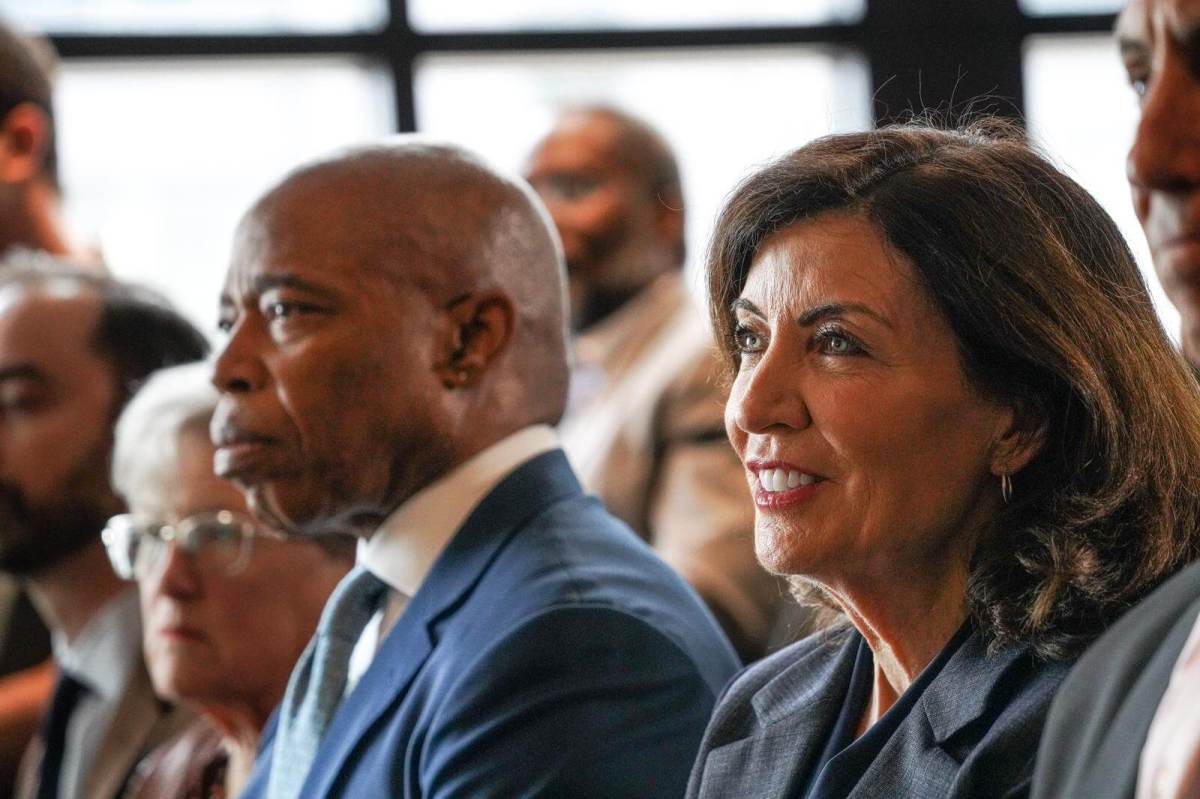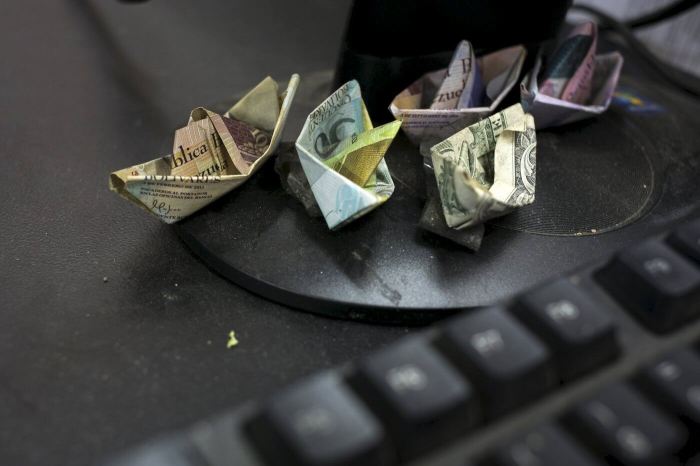By MacDonald Dzirutwe and Sureka Asbury
HARARE (Reuters) – Nobody wanted the Zimbabwe dollar, so the southern African country dumped it for the U.S. dollar in 2009 to stave off economic collapse and sky-rocketing hyperinflation.
Now nobody wants the “bond coins” it put in circulation last month to replace the lollipops, chewing gum and pens that have been used in lieu of change for transactions in shops.
Adopting the U.S. dollar as your own currency, as Ecuador has also done, not only raises questions about money supply, monetary policy and national sovereignty.
Zimbabwe’s “coin conundrum” also highlights the day-to-day difficulties that people encounter when their economy takes such a path.
The paper greenback is readily acceptable, but getting U.S. coins en masse to put into circulation is a different matter.
So Reserve Bank of Zimbabwe governor John Mangudya introduced the new “bond coins” last month. They are named after a $50 million bond that was floated to mint and import them from neighboring South Africa. The new coins have the same denominations and value as U.S. cents but can only be used in Zimbabwe.
Trouble is, not many people want to use them because they think they will not be able to persuade others to accept them. Some also fear the coins could be a first step towards the return of the dreaded Zimbabwe dollar. The beggars’ universal cry is “spare any change”, but in Zimbabwe they can be choosers on the issue.
At a traffic light in the capital Harare, a Reuters correspondent gave an insistent beggar a handful of bond coins, which provoked a burst of laughter and a “no thanks” before he scrambled to the next car. Shouting matches erupt on the streets when the touts who ride with taxi drivers and dispense change to passengers try to pass off the bond coins to them.
“We have people who just refuse the coins because they say they will not be able to use them. They prefer the rand coins (of South Africa),” said Lyn Kahari, a shop assistant at a grocer in a Harare suburb. Reserve Bank Governor Mangudya told the state-owned Herald newspaper last week that only $2.5 million worth of coins were in circulation out of the $10 million that had been imported. He said the low uptake of the coins was a result of commercial banks not making larger orders from the central bank. The scepticism is rooted in the memories Zimbabweans have of hyperinflation, which reached 500 billion percent with prices changing more than twice a day before the government of President Robert Mugabe abandoned a currency that had been rendered worthless. (Editing by Ed Stoddard and Giles Elgood)


















